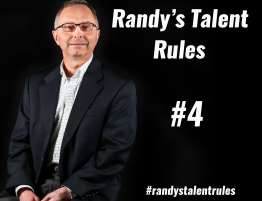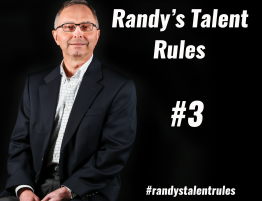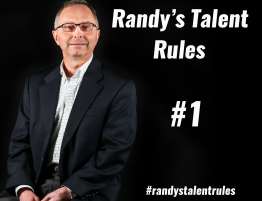
Over the course of my executive search career, I have talked with thousands of individuals about their job and career interests. Many people contact me when they are unhappy with their current situation. Other times, I am reaching out to passive candidates who are happy in their role but may be open to a better opportunity.
In all cases, I like to ask what the person is looking for in their next role. Most can describe their ideal scenario, but occasionally an individual will struggle. In those cases, I suggest the person tell me about their career goals instead. Once we discuss their goals, we can figure out a logical next-step role for the person.
However, many individuals have not established career goals. For those individuals, I recommend developing a career plan using the 6 Step Career Planning Cycle.
1. Determine your starting point. Where do you fit in your current organization? In addition to your title, consider your compensation range and how you compare to peers with similar titles and similar years of experience. Do you have more responsibility, or less? Are you moving up more rapidly? Are you moving up at all?
2. Establish goals. Where do you want to end up? Is the C-Suite your ultimate target? Are you willing to pay the price in terms of time commitments, travel, relocation or other steps that may be required? If not, what level would you like to reach?
3. Determine exposures needed to get from where you are to where you want to be. Will you need additional education or certification? Will you need cross-functional technical exposure? Should you polish your presentation skills, improve soft skills or join professional associations? Talk to your boss, other professionals and human resources to find out what steps may be right for you.
4. Develop an action plan. Determine what steps you should take and what time-based milestones to assign to each step. Then get started! Be realistic with your goals and time frames, but also set a pace that will get you there.
5. Monitor progress. You should review your plan quarterly and evaluate your progress, as well as the effectiveness of the actions you planned. Are you reaching the milestones you set? If not, were you too aggressive? Or have you lacked proper focus and effort? Also, as you reach each milestone and complete each step, is it getting you to the point in your career that you expected?
6. Take corrective action. After each point of assessment, if you determine you are NOT where you want to be, you should adjust. The best way to adjust is go back to step 1 using your current situation as a starting point.
With a written career plan using the 6 Step Career Planning Cycle, keeping a career on course will be much easier.
To learn more about how we can help you reach your career goals, visit the Executive Search page on our website.
To learn more about assessing current talent practices, creating action plans, coaching, training and strategic talent planning visit our Talent Solutions page.
For more information, contact us today!
[contact-form-7 id=”11781″ title=”Contact Form”]







